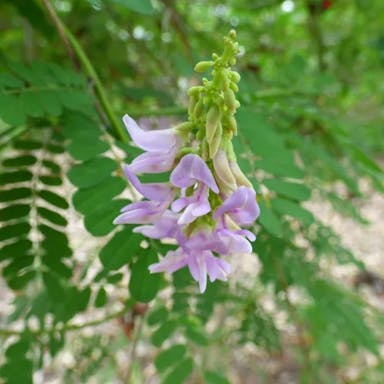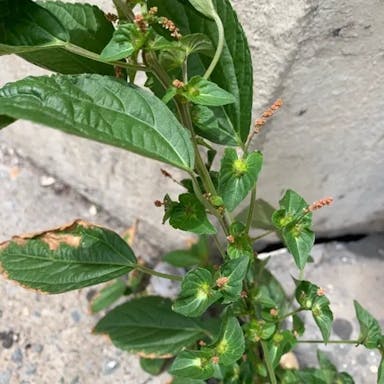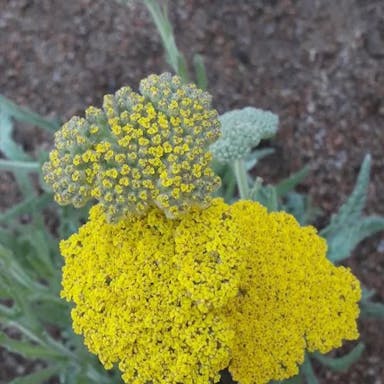Cottonweed, also known as Achillea maritima, is a perennial plant native to coastal regions of Europe and North Africa. It belongs to the Asteraceae family and is characterized by its finely divided, silvery-gray foliage. The plant produces small clusters of blossoms that come into flower in the summer months, drawing in pollinating insects like bees and butterflies. The inflorescences have a characteristic perfumed fragrance and are regularly utilized in dried flower decorations. Achillea maritima is prized for its ability to endure drought and make do in poor, sandy ground. It is frequently utilized in seaside nurseries, rock nurseries, and as a ground cover. The plant ordinarily becomes to a tallness of 6-12 creeps and spreads forcefully. There are a few cultivars of Achillea maritima accessible, each with one of a kind bloom tones and development propensities. The plant does not deliver consumable natural products and is mostly developed for its beautifying worth.
0
0












